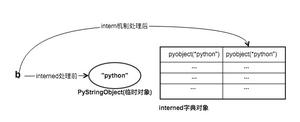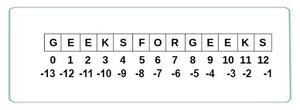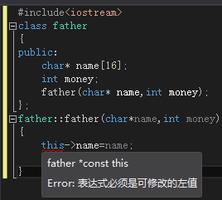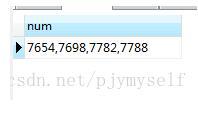python七种方法判断字符串是否包含子串
1. 使用 in 和 not in
in 和 not in 在 Python 中是很常用的关键字,我们将它们归类为 成员运算符。
使用这两个成员运算符,可以很让我们很直观清晰的判断一个对象是否在另一个对象中,示例如下:
>>> "llo" in "hello, python"
True
>>>
>>> "lol" in "hello, python"
False
2. 使用 find 方法
使用 字符串 对象的 find 方法,如果有找到子串,就可以返回指定子串在字符串中的出现位置,如果没有找到,就返回 -1
>>> "hello, python".find("llo") != -1
True
>>> "hello, python".find("lol") != -1
False
>>
3. 使用 index 方法
字符串对象有一个 index 方法,可以返回指定子串在该字符串中第一次出现的索引,如果没有找到会抛出异常,因此使用时需要注意捕获。
def is_in(full_str, sub_str):
try:
full_str.index(sub_str)
return True
except ValueError:
return False
print(is_in("hello, python", "llo")) # True
print(is_in("hello, python", "lol")) # False
4. 使用 count 方法
利用和 index 这种曲线救国的思路,同样我们可以使用 count 的方法来判断。
只要判断结果大于 0 就说明子串存在于字符串中。
def is_in(full_str, sub_str):
return full_str.count(sub_str) > 0
print(is_in("hello, python", "llo")) # True
print(is_in("hello, python", "lol")) # False
5. 通过魔法方法
在第一种方法中,我们使用 in 和 not in 判断一个子串是否存在于另一个字符中,实际上当你使用 in 和 not in 时,Python 解释器会先去检查该对象是否有 __contains__ 魔法方法。
若有就执行它,若没有,Python 就自动会迭代整个序列,只要找到了需要的一项就返回 True 。
示例如下:
>>> "hello, python".__contains__("llo")
True
>>>
>>> "hello, python".__contains__("lol")
False
>>>
这个用法与使用 in 和 not in 没有区别,但不排除有人会特意写成这样来增加代码的理解难度。
6. 借助 operator
operator模块是python中内置的操作符函数接口,它定义了一些算术和比较内置操作的函数。operator模块是用c实现的,所以执行速度比 python 代码快。
在 operator 中有一个方法 contains 可以很方便地判断子串是否在字符串中。
>>> import operator
>>>
>>> operator.contains("hello, python", "llo")
True
>>> operator.contains("hello, python", "lol")
False
>>>
7. 使用正则匹配
说到查找功能,那正则绝对可以说是专业的工具,多复杂的查找规则,都能满足你。
对于判断字符串是否存在于另一个字符串中的这个需求,使用正则简直就是大材小用。
import re
def is_in(full_str, sub_str):
if re.findall(sub_str, full_str):
return True
else:
return False
print(is_in("hello, python", "llo")) # True
print(is_in("hello, python", "lol")) # False
以上是 python七种方法判断字符串是否包含子串 的全部内容, 来源链接: utcz.com/z/352802.html








